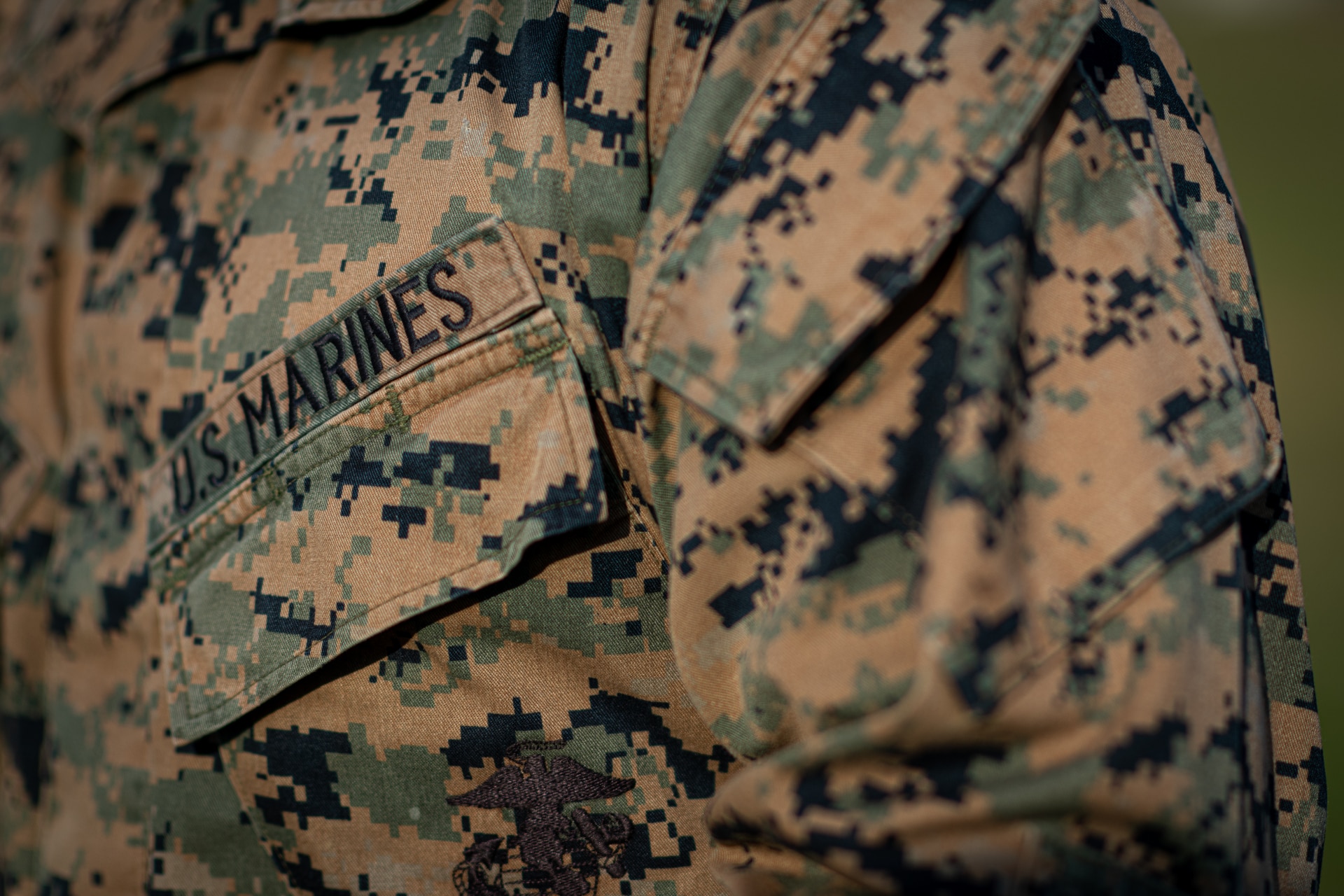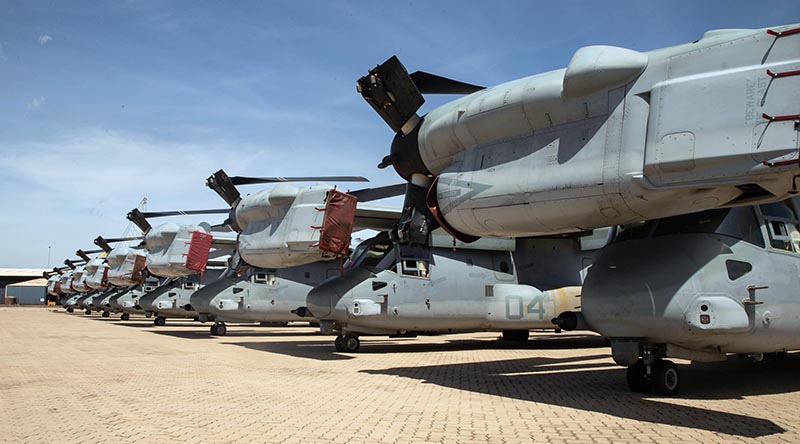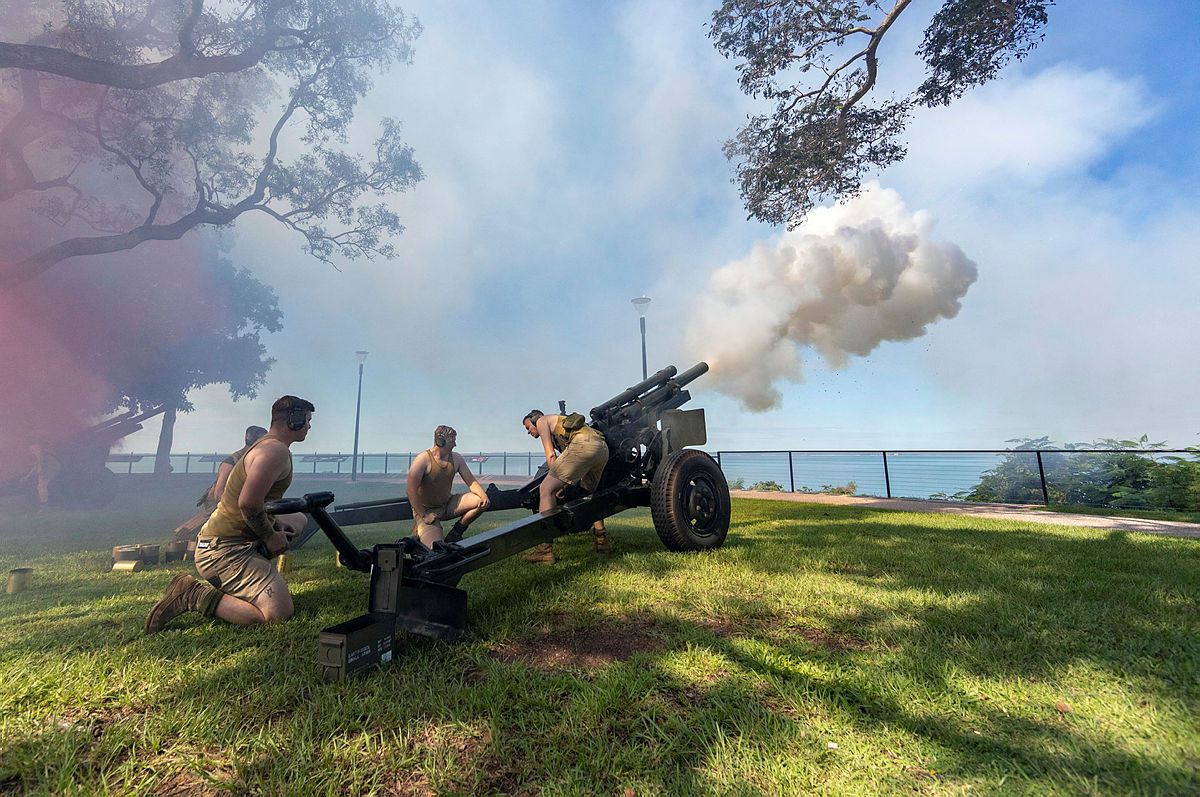
“MRF-D takes allegations of misconduct seriously and we hold our Marines and Sailors to the highest standards of conduct."

“MRF-D takes allegations of misconduct seriously and we hold our Marines and Sailors to the highest standards of conduct."
US Marine Corps Commandant General David H. Berger said he supports an open-ended increase in the number of Marines rotated into the country.
“I think the limits of that will be as far as Australia will allow us to go,” he said.
“Darwin does for us … two basic things. It gives us a place to train at scale alongside a partner at a high end.
“You can use every tool in the tool kit and press things to the limit in terms of realism.
“It’s awesome and we’re doing it with a partner who uses the same howitzer, uses the same equipment, who thinks the same.
During the Q&A session, ASPI executive director Peter Jennings said he supported the inclusion of Japanese Marines in the north Australian posture.

The Marine Rotational Force-Darwin (MRF-D) Aviation Combat Element (ACE) has arrived in Darwin.
The aircraft are critical to accomplishing Marine Air Ground Task Force (MAGTF) missions and tasks in 2022.
As one of the major subordinate elements of the MAGTF, the ACE offers much more than just aircraft in the skies.
Led by Marine Medium Tiltrotor Squadron 268 (VMM-268), and joined by detachments from Marine Air Control Group 38 (MACG), Marine Wing Support Squadron 174 (MWSS), and Marine Aviation Logistics Squadron 24 (MALS), the MRF-D 2022 ACE provides mobility, response, and awareness to the MAGTF.
Compared with traditional rotary-wing platforms, the MV-22 extends the operational reach of the MAGTF which will be showcased during the exercises of this year’s rotation.

Marines from Air Control Group 38, part of the rotational force, will also take part in Pitch Black

When there’s no time left to change the structure of the military, the need is to look instead at force posture